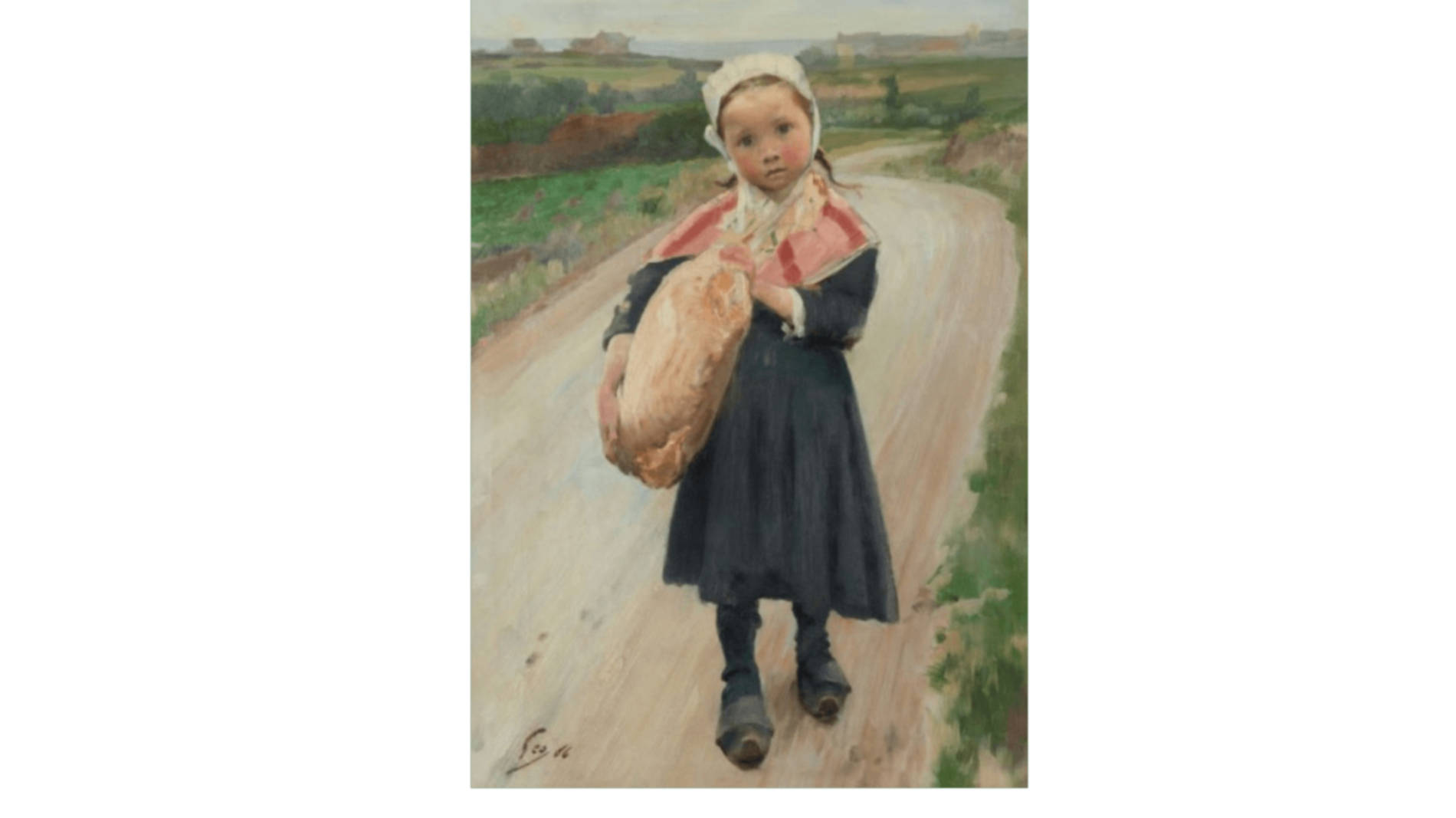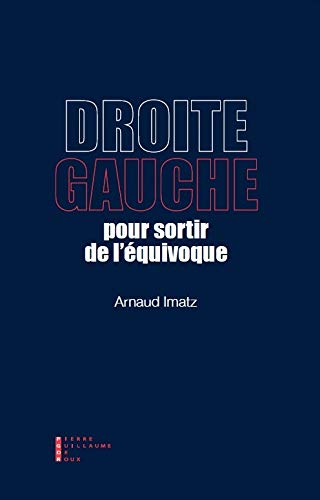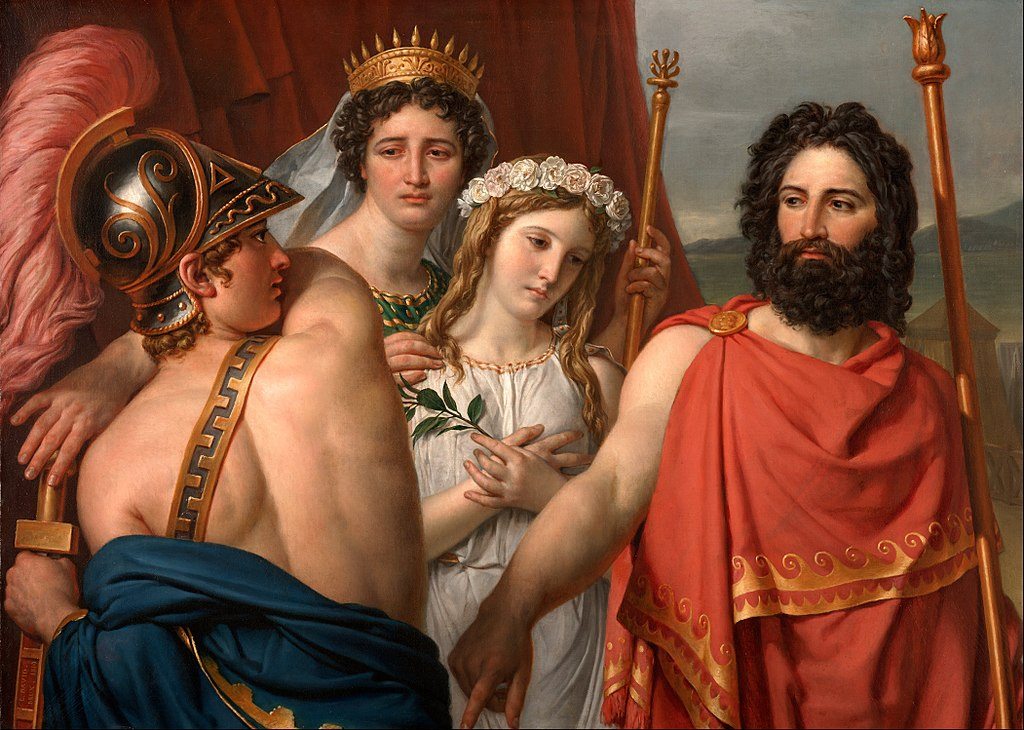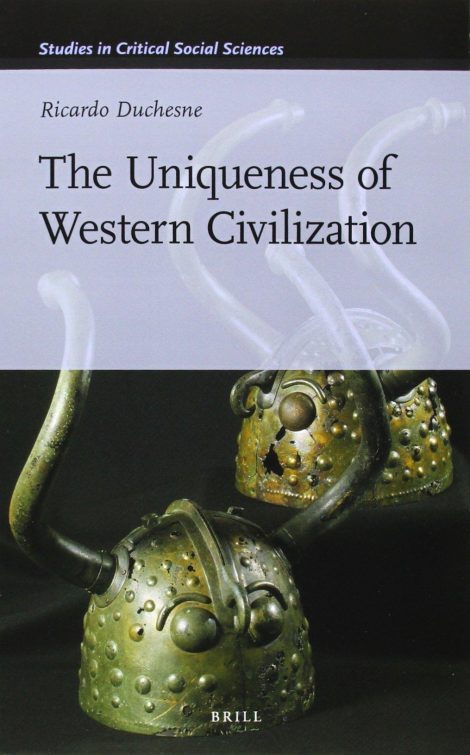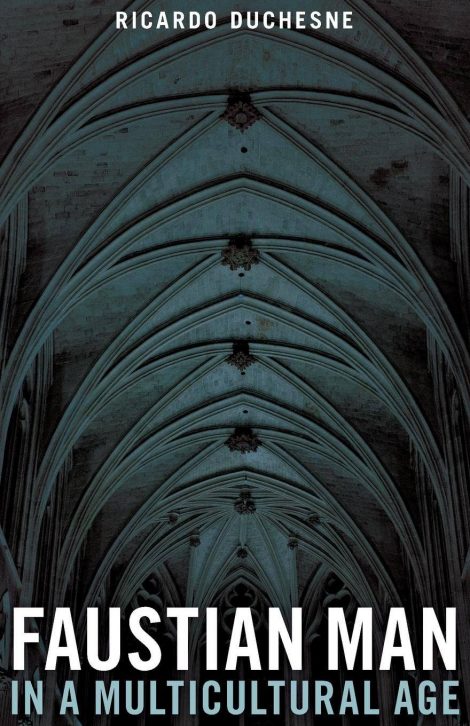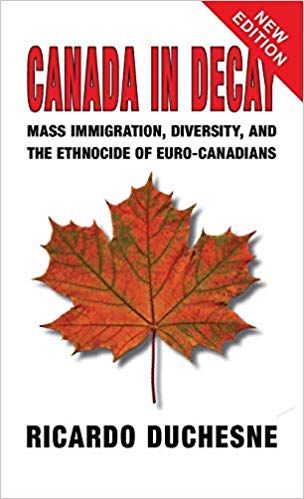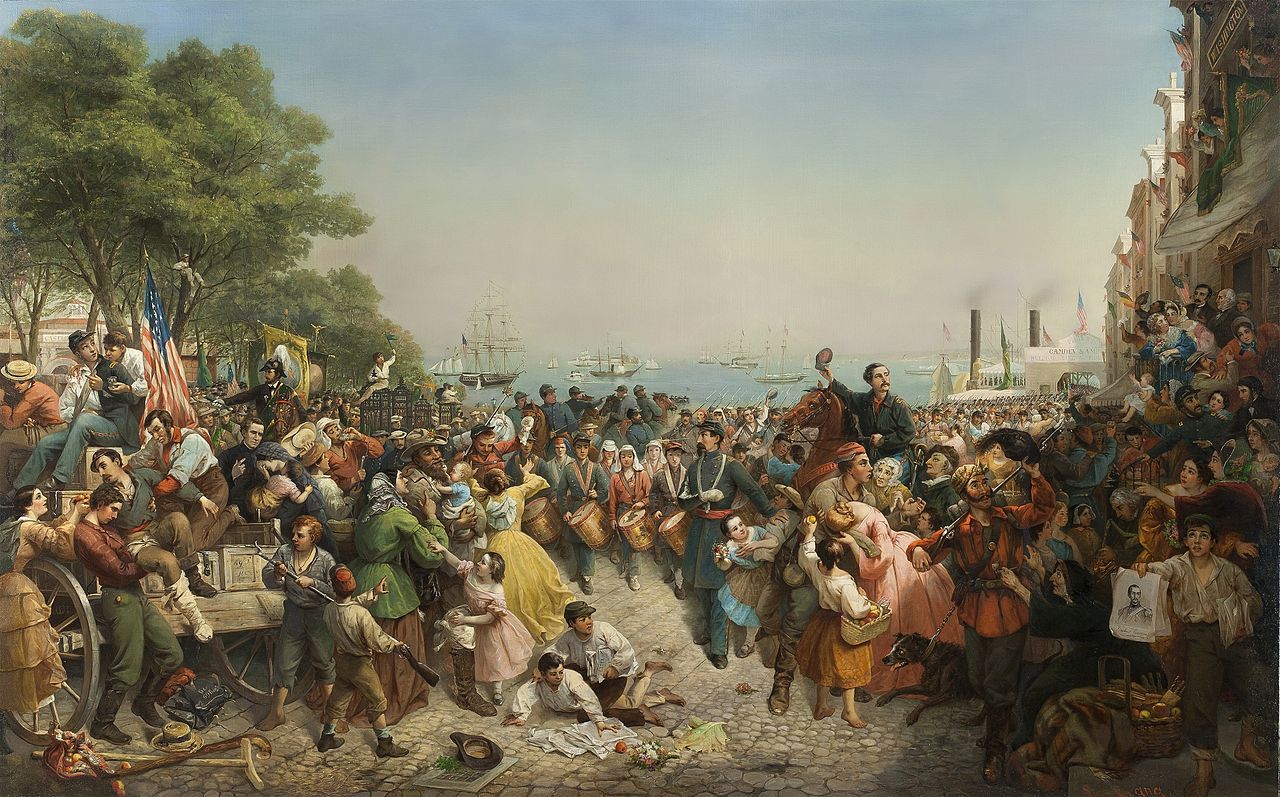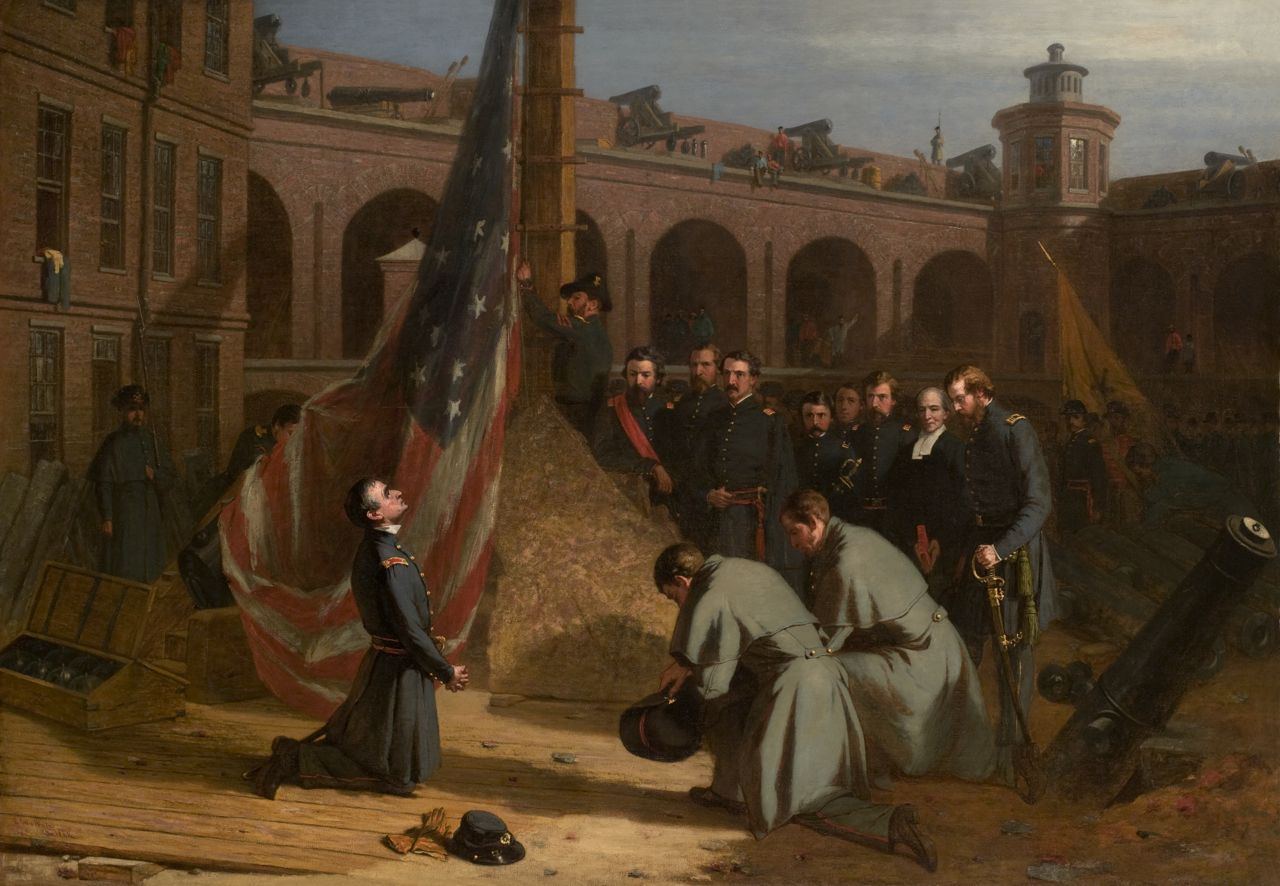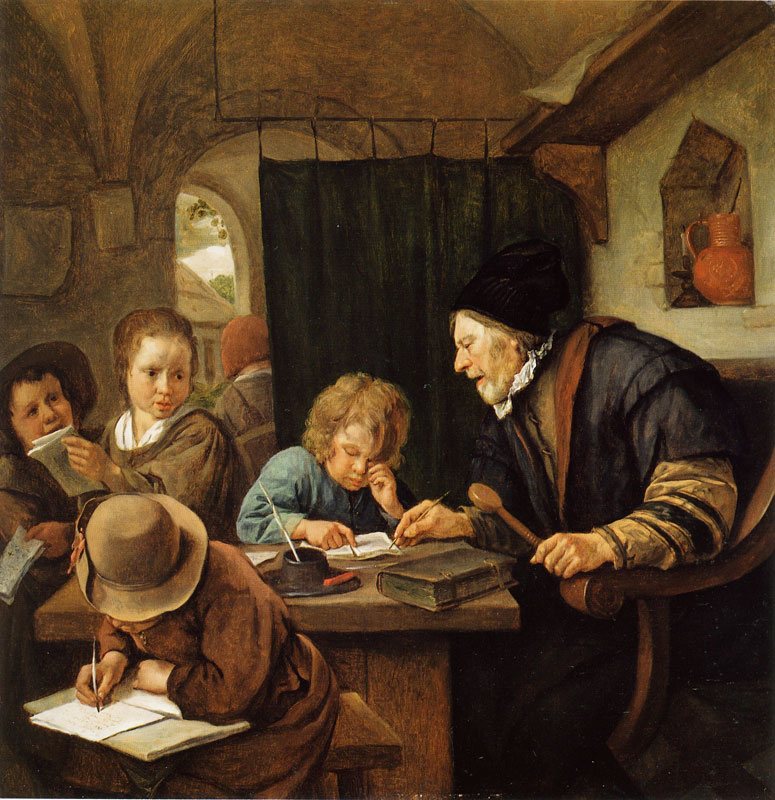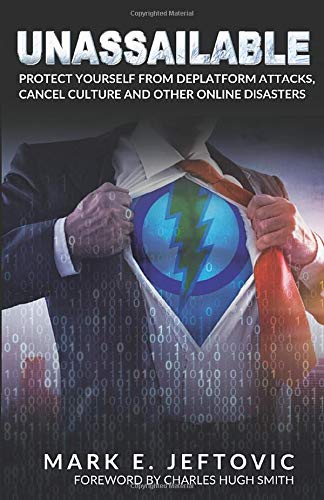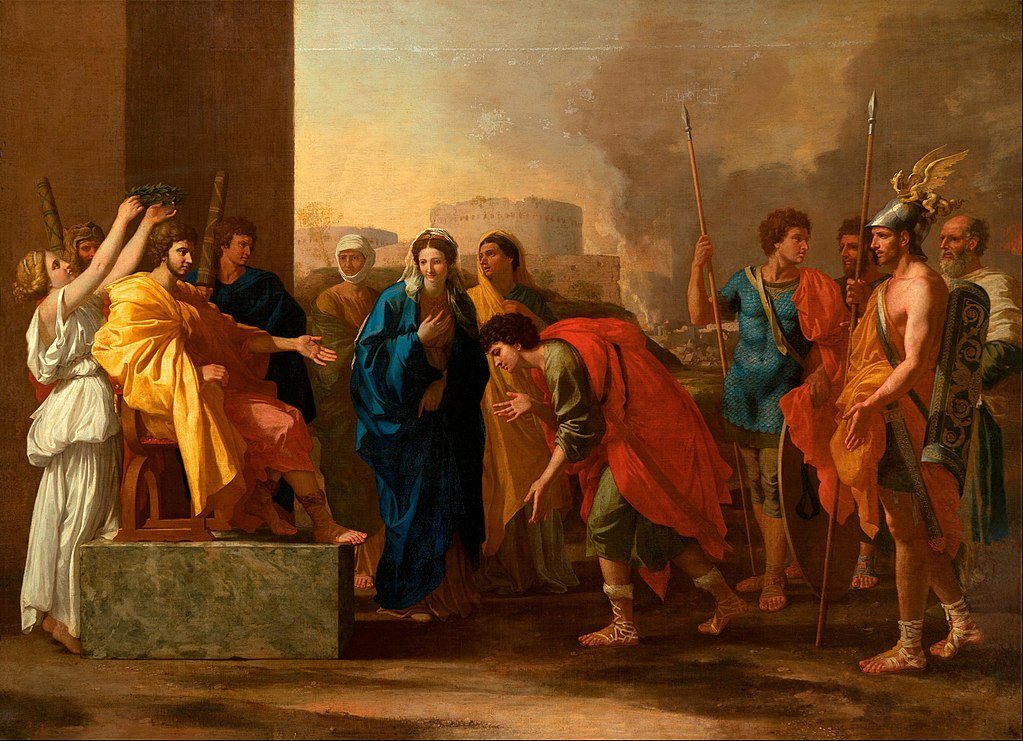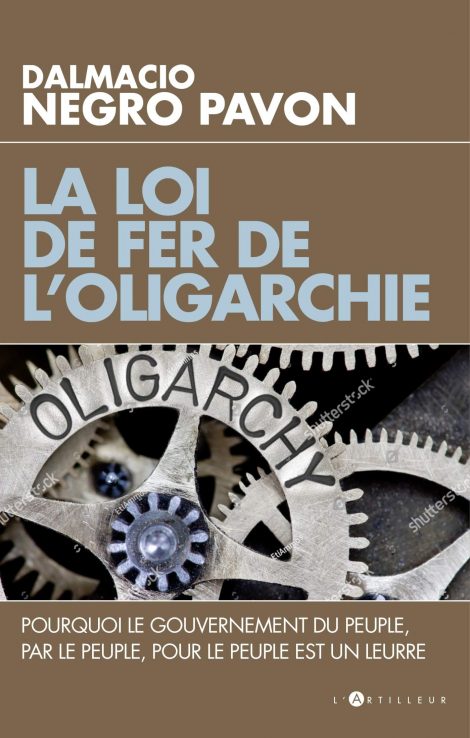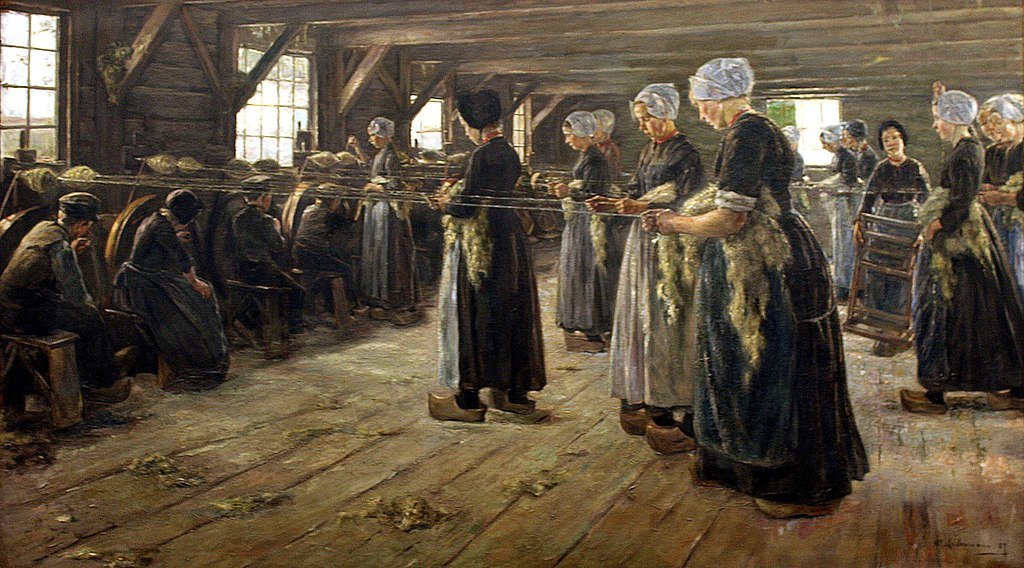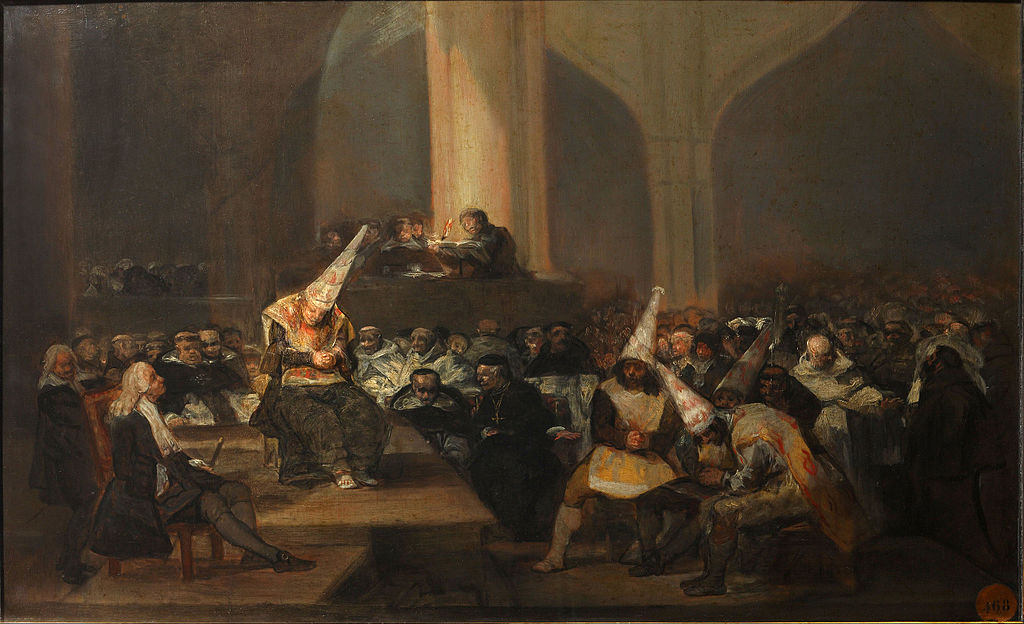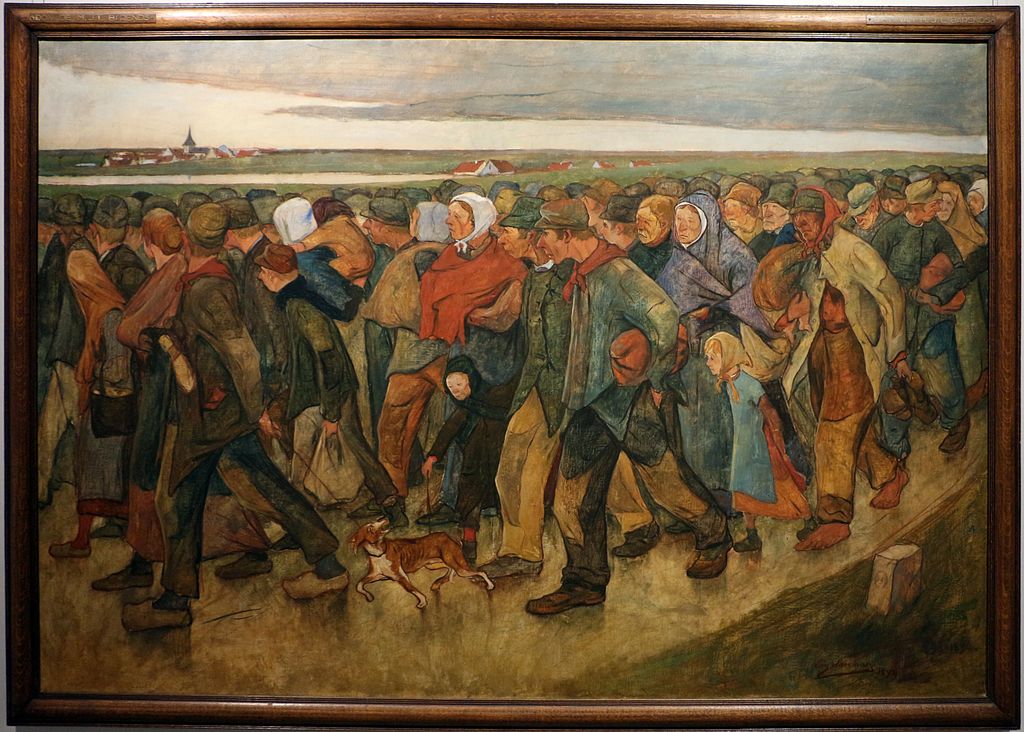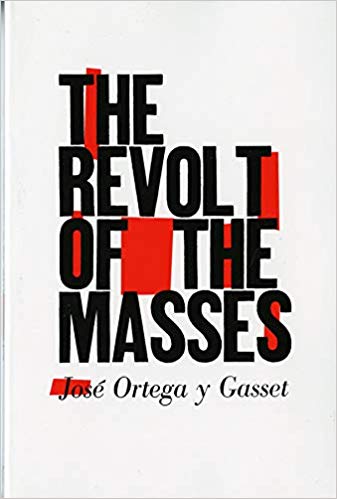One of the most debated issues in recent years by European political observers (journalists and political scientists) has been the possibility, or the impossibility, of overcoming the right-left divide. This was particularly the case in the so-called “Latin” European countries of France and Italy, where the “old” dichotomy, established for over a century, seemed to be firmly and lastingly established.
In polls conducted at the end of the year 2000, in these countries, 60–70 percent of citizens stated unequivocally (at least when allowed to do so) that democracy had stopped working properly; that there no longer were substantial differences between right and left governments; and that the divide is no longer really relevant.
I myself contributed to the debate on the permanence or the end of this divide, its transformation or its decline, by publishing Droite/Gauche: pour sortir de l’équivoque. Histoire des idées et des valeurs non conformistes du XIXe au XXIe siècle (Right/Left: Getting Past the Ambiguity. A History of Non-Conformist Ideas and Values from the 19th to the 21st Centuries). What follows is a summary of the important points of this book.
To understand the radical and surprising recent socio-political change happening in European countries (the birth and development of many populist movements in much of the continent, governmental alliance between the League and the 5-Star Movement in Italy; popular rebellions/ insurrections, like the “Red Cap” and the “Yellow Vests” against the self-proclaimed progressive oligarchies or “elites” in France; the emergence of Vox in Spain; Brexit in the United Kingdom, etc.) – it is worth reflecting in depth and more specifically answering a few key questions: What is the Right? What is the Left? What are the arguments for and against the “inevitable” or “accidental” division that articulates the political life of modern representative democracies? Why is the Left-Right dichotomy more and more discredited in public opinion in European countries?
Beyond the multiplicity of definitions of the Right and the Left, two radically different approaches clash one with the other: One is philosophical and the other historical.
The philosophical approach seeks to define the essence, the intimate character of the two phenomena; the historical, empirical and relativistic approach denies that these are isolated absolutes, independent of contingent situations (local and temporal). The first approach leads to strengthening or consolidating of the traditional dichotomy, while the second leads to its criticism, its questioning, or its casting into doubt.
In the background, there is, of course, the triple divide among the major political parties of radical globalization carried out for over thirty years by the dominant oligarchy (political, economic, financial and cultural), whose positions are sometimes alter-globalists, internationalists and crypto-Marxists (Podemos, Syriza or La France insoumise), sometimes anti-globalists.
The latter dividing in their turn between, on the one hand, the liberal-conservatives who pursue the union or the alliance of the rights (like Marion Maréchal Le Pen in France, or the leaders of Vox in Spain), and, on the other hand, the republican and secular tendency “simultaneously of the right and the left” which embodies a line seeking to synthesize identity and sovereigntist aspirations, ideas of fatherland and social justice (like the National Front of yesteryear with Florian Philippot, or the National Rally of Marine Le Pen today).
How is the Left and the Right to be Defined? The Essentialist Point of View: The Divide is Not Over.
The essentialist view has been defended by many authors for more than half a century. From a right-wing position, we can cite, among others, the French Christian Democrat, René Rémond, the Hungarian-American traditionalist, Thomas Molnar, or the Spanish conservative, Gonzalo Fernández de la Mora.
More recently, we can cite in France the former adviser to former President Nicolas Sarkozy, Patrick Buisson (and his biographer, close collaborator of the philosopher Alain de Benoist, the journalist François Bousquet), the political scientist Guillaume Bernard, or professor of constitutional law, Jean-Louis Harouel. And we include another of the founders of the New Right, the journalist Michel Marmin.
On the Left, we have to mention, among the best known, the Italian Norberto Bobbio, the Englishman Ted Honderich, the Frenchman Jacques Julliard, and the Spaniard, Esperanza Guisán.
The Right, in the most conventional and the most common sense of the term, would be synonymous with stability, authority, hierarchy, conservatism, loyalty to traditions, respect for public order and religious convictions, protection of family and the protection of private property. Conversely, the Left would embody dissatisfaction, demand, movement, a sense of justice, donation and generosity.
Neo-Marxist, neo-social-democratic and sometimes neoliberal propaganda, which claims to be “progressive,” sees in the Right the reaction against the Enlightenment, against Progress, Science, Equality, Humanism (their deities always written in capital letters).
The Right and the Left would, after all, reflect only the eternal conflict between the rich and the poor, the dominant and the dominated, the oppressors and the oppressed. But when the subject is the object of a slightly more serious investigation, we quickly realize that this identification of the political Right with the economic Right, or the Right of conviction with the Right of interest or money (so widespread in the mainstream media) is just one more myth, more ideological smoke, a propaganda lie.
The readers of Vilfredo Pareto, familiar with his famous thesis on the collusion between plutocrats and revolutionaries, know this well. Examples that lend nuance to, or invalidate, the myth abound – from the bourgeois actors and heirs of the French Revolution, to today’s billionaire magnates and financial speculators, like George Soros.
In reality, there has always been in Europe, at least since the end of the 19th-century, an anti-liberal or “illiberal” (as we say today), traditional, social and anti-capitalist Right, which not only affirms its commitment to the national community, but also defends social justice. And there has always been a socialist or socializing Left which defends, at the same time, republicanism, secularism, the fatherland and the nation.
The essentialist point of view always privileges the “idea” over “existence,” reality or facts. It is developed at different, more or less sophisticated, levels of analysis. Let us recall here the oppositions that this view exhibits:
1) First of all, there is the pessimism of the Right against the optimism of the Left. There is the realism and the tragic sense of life against idealism, against sentimentalism, the triumph of good conscience and naïve optimism. According to this premise, there are ultimately two temperaments which always oppose one another. There is always the same antagonism: The reactionaries/conservatives versus the reformist or revolutionary progressives.
2) At a second level of analysis, there are the two metaphysical positions: Transcendence and immanence. On the one hand, there are those who defend God, and on the other, those who deify man.
Here Christian metaphysics and the correct reading of the Gospels are opposed to the great heresies and falsifying utopias of Christianity, to millenarianism, to Gnosticism (the God of evil against the God of good), or even to belief in the religions of politics with their secularized version of apocatastasis. In the background, there is a kind of eternal fight of light against darkness, of good against evil (each one being of course interpreted and defined differently according to whether one belongs to one of the two poles of the Right or Left).
3) Other authors oppose the Right which believes in human nature without change with the Left which believes in infinite perfectibility of man (a man, of course, not soiled by original sin, as Christianity teaches).
There is thus the Right which believes in the natural order, as opposed to the Left which believes in universal reason; the Right which has a holistic vision of society as opposed to the individualist approach of the Left (this radical individualism which appeared with the French Revolution also explains the subsequent collectivist and totalitarian reaction of Marxist socialism).
Therefore, there exists the right-wing organism (that is to say, the society which develops like a tree, with roots and branches, which cannot be changed with impunity, according to everyone’s will) – which would oppose the left-wing mechanism (i.e. the society that operates like a clock, with the possibility of changing and modifying each part, without limits).
4) A fourth difference would be the importance of family and community ethics, defended by the Right, in the face of the obsession of the Left for the liberation from mores and customs.
5) Another frequently cited antinomy is that between, on the one hand, spiritual aristocratism (not to be confused with social or material aristocratism) and the feeling of freedom, typical of the Right, and, on the other hand, the leveling and materialist egalitarianism, characteristic of the Left. In other words, quality versus quantity.
The main idea of the Left, then, becomes the search for equality which in turn becomes its driving force, while the message of the Right becomes the belief in emulation. The Left is thus a kind of slope towards material equality, and the Right a kind of slope towards spiritual aristocracy.
6) Another significant dissimilarity is also of note: The passion for the unity of the Right (with the usual call for the union of the national community) against the spirit or the will to divide the Left (with the reactivation of the class struggle).
7) Two other major principles are often opposed and declared to be irreducible. There is the conflictual or polemological vision of the world, characteristic of the Right, which opposes the dream of the bright future of humanity, the utopia of the “New Man” obsession of the Left.
It is obviously not a question here of the New Man wanted by the Christian God, but of the New Man desired by modern totalitarianisms – in their Marxist-Leninist, National Socialist, and neoliberal, or neo-social-democratic versions, while not forgetting the recent ideological variant of “anthropological justice,” which is itself intensified by bio-ideologies, delusional ideologies, the strangest seeds of which are almost all found in National Socialism, as noted by the Spanish political scientist, Dalmacio Negro Pavón.
8) Last but not least, there is the eternal struggle between the old and the new, the trendy and the old-fashioned, the current and the obsolete, the old and the modern. Some even do not hesitate to see in the defense of language an authentic Right marker. But on this account, the teachers of the public schools of yesteryear (republicans, secularists, socialists, nationalists and other “progressives,” moderates or extremists, reformists or revolutionaries), would only be vulgar reactionaries or rightists who ignored each other.
In short, from the essentialist point of view, there is always a Right and a Left. Some, like Jacques Anisson du Perron, start from the premise or the intangible axiom that “the Right has always existed, since it merged with the political organization of traditional civilizations. In contrast, the Left only appeared in modern times.” Consequently, we would be eternally condemned to live and to know only two opposite conceptions of the world and life, and at a lower level, two morals, two forms of psychology, even two temperaments.
At this point, it is perhaps worth remembering that the Russian mathematician and dissident, Igor Shafarevich said that, from a philosophical point of view, socialism has always existed as a specific tendency of human societies (and that ‘it did not only appear historically in the 19th-century). Nor should we forget that Nicolai Berdyaev said the same thing about nationalism and/or patriotism (which have a lot of common history in their modern forms): Born on the Left, at the beginning of the 19th-century, they moved partially to the Right at the end of the 19th-century.
That said, there is still a key point to emphasize: Most “essentialist” authors insist on the diversity or the plural character of the Right and the Left. They rightly show that there is no Right and Left, but Right and Left, without however reaching a consensus, when it comes to defining or classifying them.
Thus, for example, the liberal René Rémond distinguished three Rights: Traditionalist, liberal and nationalist, and three Lefts: Libertarian, authoritarian and Marxist. But after him other authors (such as the Israeli socialist, Zeev Sternhell) distinguished two Rights: Radical/revolutionary and conservative, and two Lefts: Progressive and revolutionary. Still others (like the conservative, Stéphane Rials) see a single traditional Right and four Lefts: Authoritarian-nationalist, liberal-bourgeois, anarcho-libertarian and social-Marxist.
More recently, authors like, Marc Crapez (specialist in the nationalist Left or “reactionary”) have pointed out the existence of a good dozen tendencies of the Right and the Left and have discredited or withdrawn a lot of value and interest from educational and university classifications.
Criticism of the Left/Right Divide. The Historico-Relativist Point of View
Historically, the Right/Left divide is barely a century, perhaps a century-and-a-half, old. This is the prosaic reality. After the French Revolution and for decades, division or opposition was limited to a question of parliamentary language (the partisans of power occupied the seats on the right and the opposition those on the left). As the Spanish philosopher, Gustavo Bueno, said very well: “In the Cortes of Cadiz [the Constituent Assembly sitting from 1810 to 1814 during the war of independence against France], there was no Right and Left.” The mythical divide is indeed much more recent.
In common opinion, the birth of this divide hardly dates back to the 1870s and 1900s and perhaps even later, to the 1930s. Consequently, the great cyclical conflict between the eternal Right and the immortal Left has hardly been around for a century. In addition, as Julien Freund rightly noted in 1986, it is a divide “essentially European and even localized in the Latin countries, although it was taken up some time ago by the Anglo-Saxon countries.”
For the historian of political ideas, it is relatively easy to show that the values of the Right and the Left are not immutable, that the crossovers or the exchanges of ideas have been and remain constant. The Rights are diverse and plural like the Left, which explains their divides and permanent conflicts.
The Right and the Left are universalists or particularists; internationalists/globalists and supporters of free trade, or patriotic and anti-capitalist; centralists and Jacobins or regionalists, federalists and separatists; Atlanticists, Westernists and Europeanists (supporters of a federal Europe), or nationalists, Europeanists (defenders of a Europe of nations) and/or non-third-worldists; they may or may not be individualists, rationalists, positivists, organicists, mechanists, atheists, agnostics, spiritualists, theists or Christians.
There is no timeless definition of the Right or the Left that applies everywhere and at any time. The Right and the Left can only be defined historically, in relation to the periods and problems that arise at a given moment.
It is easy to show that the main political issues are constantly shifting from left to right and vice versa. I think I showed this in detail in my book, Droite/Gauche, pour sortir de l’équivoque, to which I refer the interested reader. This is the case with imperialism, colonialism, racism, anti-Semitism, anti-Zionism, anti-Masonism, anti-Christianity, anti-Catholicism, of anti-parliamentarianism, of the criticism of the demo-liberal model, of technocratism and anti-technocratism, of Malthusianism and of Antimalthusianism, of federalism, of centralism, of anti-statism, of regionalism, of separatism, of ecology, human rights criticism and the right to interfere (let us remember the harsh criticisms of the Italian anti-fascist liberal, Benedetto Croce, the socialist Harold Laski or the nationalist Mahatma Gandhi against human rights).
And such is also the case with the denunciation of the Enlightenment, anti-capitalism, the defense of the sovereignty and identity of peoples, immigrationism and anti-immigrationism, national preference, islamophilia and islamophobia, arabophilia and arabophobia, patriotism, nationalism, sovereignism, europhilia and europhobia, russophilia and russophobia, the alliance with the third world, anti-Americanism or American anti-imperialism, etc. All, absolutely all these questions escape the obsessive debate between the Right and the Left.
Many continue to oppose and divide not only between parties, but also within parties. We can therefore better understand why unions or alliances on the Right or on the Left are, and have always been, fragile, volatile, ephemeral or temporary. Added to this is, of course, the weight of the generally oversized ego of political leaders, but also their conflicting interests and career plans, which are poorly masked by the alleged differences on the political lines or the programs to be adopted.
The questioning of the permanent validity of the Left/Right dichotomy is at the same time historical, philosophical and moral. It is by no means the monopoly of an author, an intellectual movement, or a political party. On the contrary, the political sensitivities and opinions of the authors who criticize the Left/Right divide are very diverse.
It is the liberal José Ortega y Gasset who said: “To be on the left or to be on the right is to choose one of the innumerable ways available to man to be a fool; both, in fact, are forms of moral hemiplegia “(La Révolte de masses, Preface for the French Reader, 1930).
It is the liberal Raymond Aron who declared: “We will bring some clarity, in the confrontation of French quarrels, only by rejecting these ambiguous concepts [of Right and Left].”
It is the liberal-conservative Julien Freund who wrote: “The distinction between Left and Right is in the order of a and local; it does not determine essential political categories… Philosophical correctness requires that one exceeds this circumstantial classification… The rivalry between the Right and the Left is not based on a judgment of morality, but it is one of the current forms of the fight for the power.”
It is the national-syndicalist José Antonio Primo de Rivera who invited the rejection of the annealed hatred of the Right and the Left, and who affirms: “To be on the right or to be on the left is always to exclude from the soul the half which it needs to feel. Sometimes, this means the exclusion of everything and to replace that with a caricature of the half” (Ha fenecido el segundo bienio, January 9, 1936).
It is the Marxologist, Costanzo Preve, a representative figure of Italian communism, who stated: “The Right/Left dichotomy is nothing other than an incapacitating residue, or an artificial prosthesis, perpetuated by the ruling class.”
It is the ex-militant soixante-huitard and leftist, Jean Baudrillard, who noted: “If one day political imagination, political requirement and political will may a chance to rebound, it can only be on the basis of the radical abolition of this fossil distinction which has been canceled and fully disowned over the decades, and which no longer holds except by complicity in corruption.”
It is the Greek libertarian socialist, Cornelius Castoriadis, who recognized this: “It has been a long time now that the Left-Right divide, in France as elsewhere, no longer corresponds either to the great problems of our time or to radically opposed political choices.”
In reality, countless authors with very diverse convictions, follow the “skeptical” or critical tradition of the Left/Right divide. Over the years, they have become legion. The names of the traditionalist Donoso Cortés, the liberals José Ortega y Gasset and Miguel de Unamuno, the heterodox socialist-Marxist Gustavo Bueno can be cited here as an example.
Among the French, there are Pierre-Joseph Proudhon, Maurice Barrès, Charles Péguy, Simone Weil, Daniel-Rops, Jean Baudrillard, Jean-Claude Michéa, Christophe Guilluy, Vincent Coussedière, Alain De Benoist, Marcel Gauchet.
Among Americans, there are Christopher Lasch, Paul Piccone and Paul Gottfried.
Among Italians, Costanzo Preve, Augusto del Noce, Pier Paolo Pasolini, Marco Tarchi, Marco Revelli and many others.
The majority of political scientists and journalists agree that the neo-social-democrat Left (with its far-left allies) has stopped proclaiming its will to resolve the social question and to bring about social revolution (with the hope for the liberation of the proletariat), and has assumed the principles of the free market and now prefers to invoke societal and anthropological “values” (defense of the “world citizen,” integration of “victimized” minorities, such as, homosexuals, transsexuals, feminists, immigrants, genderism and multiculturalism).
As for the neoliberal Right (which rejects alliances with the traditional and radical Rights), it has abandoned the defense of the nation, morals, religion and family, to deal exclusively and cynically with the economy.
But what can it mean to be simultaneously of the Right and the Left? For Marxists, neo-social-democrat, Social Liberals and Conservative Liberals, denouncing the Right/Left opposition can only be an extremist and cynical attitude. Among them, many are the commentators who see in this criticism of the traditional dichotomy only the resurgence of fascism, if not to say of National Socialism or Nazism. But in reality, this view is invalidated by historical facts.
Fundamentally, to define oneself simultaneously of the Right and the Left is to express the conviction that a political community needs both justice and freedom, progress and conservation, patriotism and internationalism, personalism and solidarity, order and freedom, economic initiative and social guarantees, respect for human rights and the affirmation of the duties of men, equality and merit, fraternity and competitiveness, nothing more and nothing less.
All these concerns can be summed up in a few words: It is about the political will to defend spiritual, religious, patriotic or national values and, simultaneously, to pursue the common good, or to affirm the need for collective solidarity and social justice. This attempt at synthesis is found in the programs of many intellectual movements, which were born and developed in Europe, from the end of the 19th-century to the present day – movements that are radical, revolutionary and extremist, or moderate and reformist, depending on the place and time.
In my book, I refer to the twenty models or examples that are social-traditionalism (and according to the Italian economist Stefano Solari – Donoso Cortés is even the inventor of the Third Way).
These are:
- Legitimism or the first social Catholicism (that of René de La Tour du Pin and Frédéric Le Play).
- Bonapartism and Boulangism of the end of the 19th-century; social nationalism (of Maurice Barrès and Charles Péguy).
- Patriotic socialism (that of the heirs of the radical revolutionaries of the French Revolution, such as, Jacques Hébert).
- The libertarian and nationalist socialism of Auguste Blanqui (during the Commune (1871).
- The non-Marxist socialism of Henri Rochefort, Gustave Tridon, Jules Vallès, Albert Regnard, and others.
- Revolutionary syndicalism, cooperativism and mutualism (of Pierre-Joseph Proudhon, Georges Sorel, Antonio Labriola, Georges Valois, and others).
- Distributionism and Catholic corporatism (from the English Hilaire Belloc and G.K. Chesterton, to the French Louis Baudin, Jean Daujat, Gaétan Pirou, Louis Salleron, Gabriel Marcel, and to the Belgian Marcel De Corte).
- The nationalist monarchism of the first Action Française of Charles Maurras.
- German revolutionary conservatism (of Spengler, Jünger, Spann, Moeller van den Bruck, and others).
- The personalism of French non-conformists of the 1930s (Emmanuel Mounier, Thierry Maulnier, Alexandre Marc, and others).
- The national-syndicalism of José-Antonio Primo de Rivera, the Fianna Fáil of the Irishman Eamon de Valera (principal founder of the Irish Democratic Republic).
- Italian fascism (in its double conservative and revolutionary version).
- The Gaullism of France after the war (1946–1969).
- Ordo-liberalism, or ex-neoliberalism (of Walter Eucken, Wilhelm Röpke, Alexander Rüstow or of Jacques Rueff, Juan Sardá).
- And finally, the various populisms of today (from Left and Right, with their sovereignist and/or identity discourses by which they give themselves the mission to reduce the socio-economic and/or ethnocultural gap).
The Left/Right divide was also often questioned by politicians from the center, by representatives of social liberalism, neo-social democracy and neoliberalism.
This is particularly the case with President Emmanuel Macron, or Prime Minister Matteo Renzi, and various other political and intellectual figures. Paradoxically, they are also proven representatives of the globalist oligarchy who, as adept connoisseurs of the magic of words, presented – for electoral purposes – a centrist, watered-down and diluted version of the criticism of the Right/Left divide.
They know that this traditional divide is today widely discredited in public opinion and take this into account, at least verbally, to seduce their constituents.
But the policies of these leaders are nevertheless in line with those of social democratic or Christian democrat politicians, who distinguished themselves several decades ago, like Tony Blair, Schroeder or Clinton. The latter then called themselves the “Third Way,” as theorized by the Englishman Anthony Giddens and the North American Amitai Etzioni.
In Spain, Albert Rivera and his party Ciudadanos, who have embarked on the same path, have obtained significant support from the former French Socialist Prime Minister Manuel Valls.
We can summarize the success of this strategy and its positive result electorally (although not definitely, as demonstrated by the considerable difficulties faced by President Macron and his government) – by recalling the famous words of young Tancredi, a character in The Leopard: “If we want that everything stays as it is, everything has to change.”
So, what remains of the Left/Right divide and what is the new divide that seeks to replace it? The criticism of the Left/Right dichotomy consists above all in showing that there are neither “eternal values” on the Right, nor “immortal principles” on the Left. In other words, the Right and the Left are the result of certain opinions about facts and ideas, which do not come from an ideal model, an archetype, or an idea in the Platonic sense of the term.
It is not a question of denying that historically the Right/Left divide explains a large part of the political phenomena of the past, but only of denying that it explains them all. It is a question of showing that the allegedly immutable political debate, which opposes two “essentialized” categories (the eternal Right and the immortal Left) has become an artificial prosthesis that only serves to perpetuate the situation of the dominant oligarchy.
The Right/Left divide seems to be nothing more than a mask, which serves to hide another division, now much more decisive: That which opposes rooted peoples to the self-proclaimed elites, who are the very vectors of uprooting; that which opposes the defenders of sovereignty, identity and national cohesion with the partisans of “world governance.” And that which opposes the excluded from globalization and cast into the peripheral areas of the country (people or citizens who obviously have – or will have – their own leaders under the “iron law of the oligarchy”) with the privileged of the system, to the dominant oligarchy, to the globalized or hyperclass ruling class, which lives in the beautiful districts of the big cities, the most developed zones of the country and which, moreover, rubs shoulders, preferably or exclusively, with the privileged elite of globalism in other countries.
Today, there is clearly a new dualism which replaces the old Right/Left opposition (even the essentialist authors, who reject the possibility of an extinction or disappearance of the dichotomy, recognize that it has undergone profound alteration or modification). Populism versus oligarchy, roots against globalization, community and solidarity culture against liberal and progressive culture – reflect the new dividing line. Whatever the self-proclaimed “experts” and other “specialists” in the media say, these are two entirely new ways of interpreting the confronting reality, two rational but irreconcilable ways of viewing where the greatest danger comes from, of choosing our future and our commitment.
Arnaud Imatz, a Basque-French political scientist and historian, holds a State Doctorate (DrE) in political science and is a correspondent-member of the Royal Academy of History (Spain), and a former international civil servant at OECD. He is a specialist in the Spanish Civil War, European populism, and the political struggles of the Right and the Left – all subjects on which he has written several books. He has also published numerous articles on the political thought of the founder and theoretician of the Falange, José Antonio Primo de Rivera, as well as the Liberal philosopher, José Ortega y Gasset, and the Catholic traditionalist, Juan Donoso Cortés.
The image shows, “Fillette de Concarneau à la miche de pain (Girl from Concarneau with a Loaf of Bread”), by Henri-Jules-Jean Geoffroy, painted in 1886.
